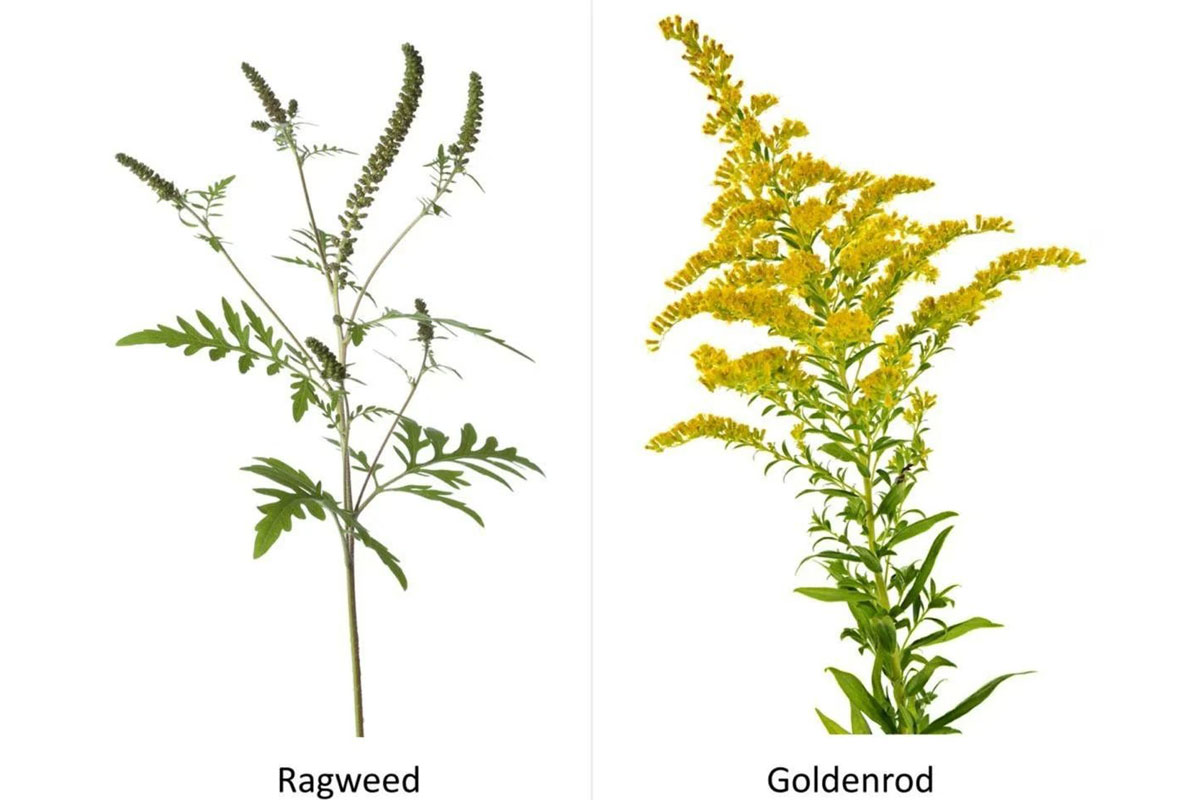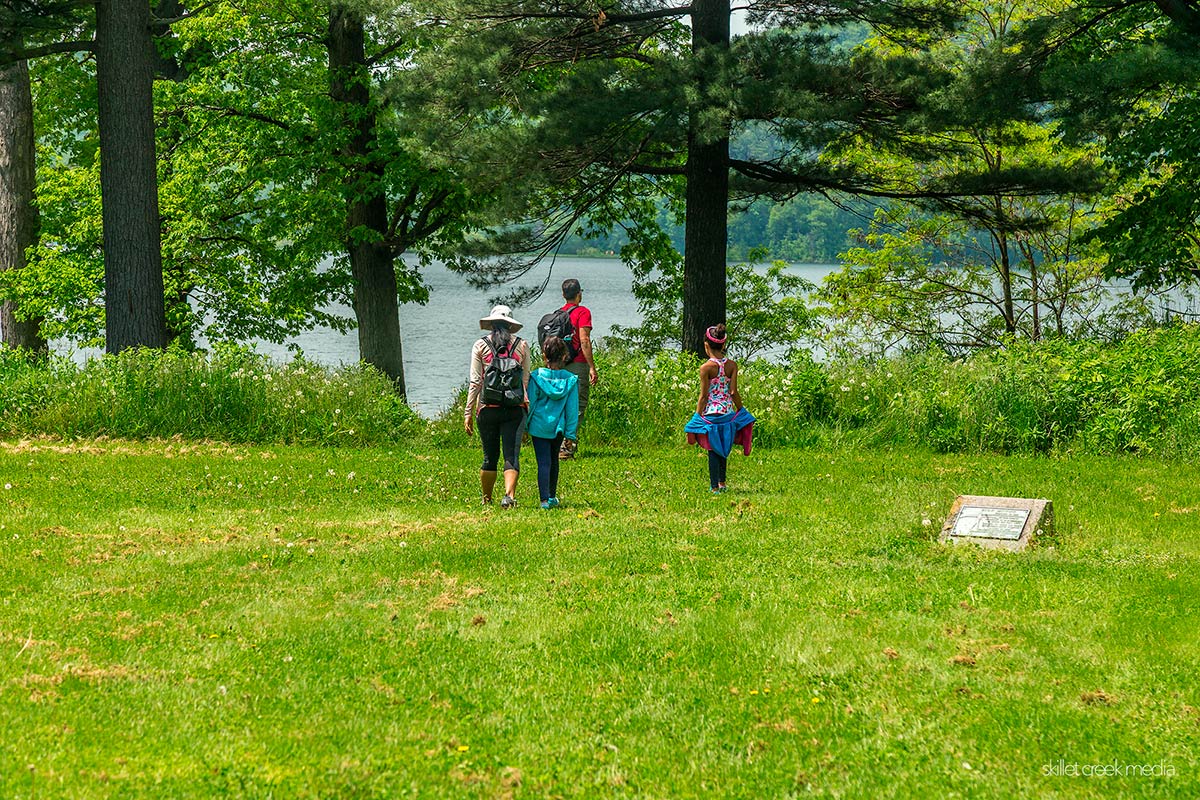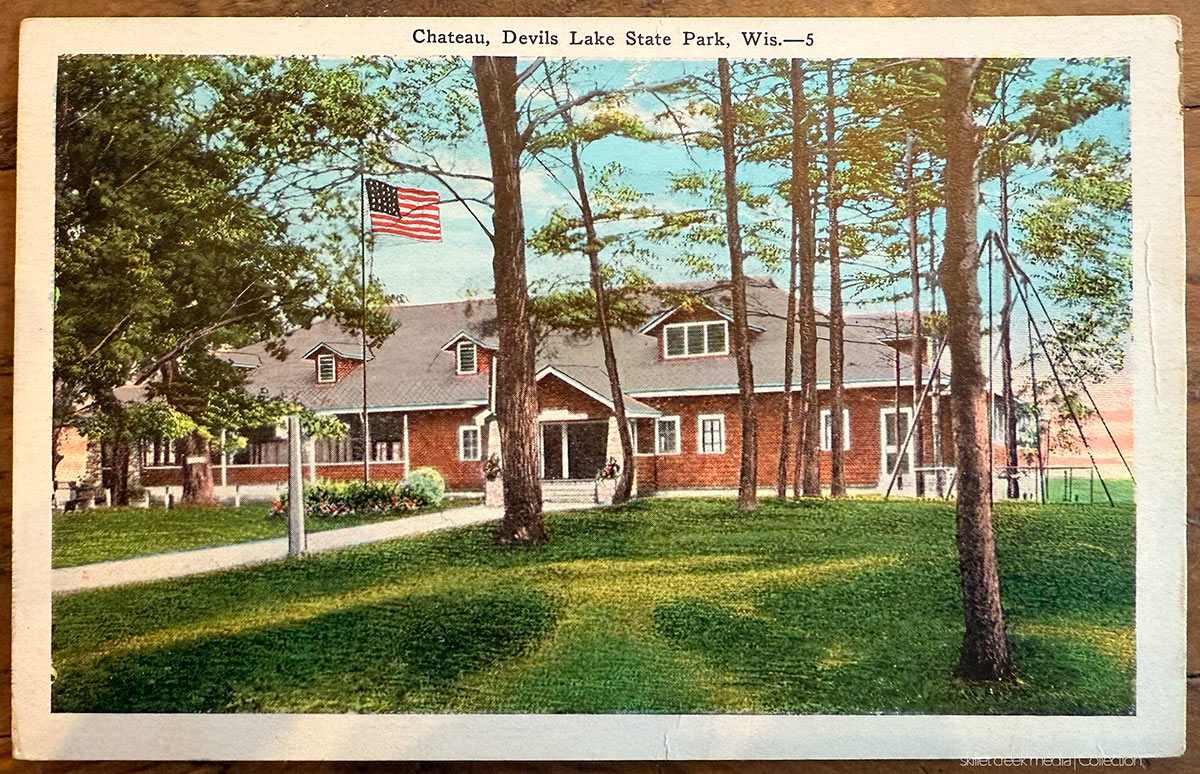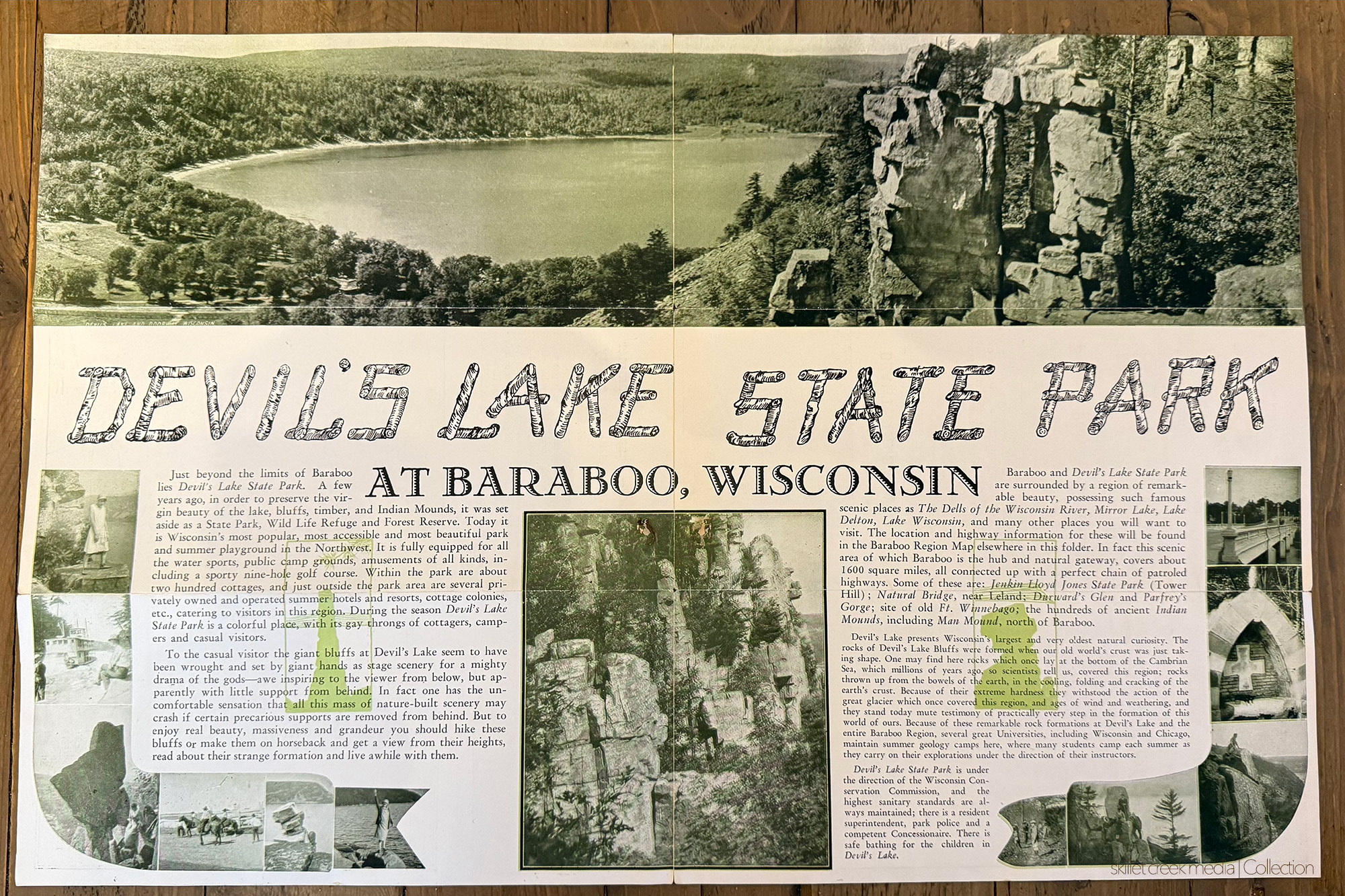If you’re planning a visit to Devil’s Lake State Park this summer, here’s something important…

It’s August and we’re heading into ragweed allergy season! Ragweed season usually peaks here in Wisconsin in the late summer and early fall, but ragweed can produce pollen until the first frost. Often folks will confuse ragweed with goldenrod. Both are found in the park, but it’s probably the ragweed that’s causing your itchy eyes and runny nose!
It Wasn’t Always This way…
It wasn’t always this way! Apparently, ragweed hasn’t always been here! In fact, it only arrived in this part of Wisconsin in the last couple of hundred years. Here’s what we know…
The Core Story
Well, back in the 1970s, a 20-foot-long core sample was taken from the bottom of Devil’s Lake to study the pollen layers and learn what plants arrived here and when.* The core sample went back over 14,000 years! At the oldest part of the sample, the glaciers were just receding from our area. What researchers discovered was that just as the ice & permafrost melted away, the land around us was basically tundra with scrubby spruce and poplar trees. Not surprising! Big “hard” pine trees such as red pines didn’t show up for another 2,000 years! (About 12,000 years ago.) The white pine & oak trees that are common today began to arrive another 1,000 years after that. Still a very long time ago.
And that ragweed? It didn’t show up at Devil’s Lake State Park until the most recent layers representing just the last couple hundred years!
Have Ragweed, Will Travel
So how did the ragweed get here in just the recent past? Well, according to Science Daily, “Ragweed probably spread in North America via settlers who picked it up on their wagons when they cleared farmland and cut down forests.” according to Michael D. Martin who was interviewed for the SD article. “Before Europeans established themselves on North America in the 1500s, ragweed’s range was limited. Today, the plant has spread to every continent except Antarctica.”
Songs of Place
* Reference & Further Reading – You can learn more about the core sample study and the plants of Devil’s Lake State Park in the book “Song of Place” by former Devil’s Lake Naturalist, Kenneth I. Lange.


For nearly 2 decades the Skillet Creek blog has focused on 3 main goals; To inspire you to visit and explore the Devil’s Lake region, to help you get the most your visit by sharing tips, events, and other helpful information. Lastly to advocate for our environment & wildlife and talk about how we can keep our natural areas amazing now and into the future! That last goal can sometimes cause controversy, but it’s the only way we can accomplish the first two. – Derrick Mayoleth, Owner.



